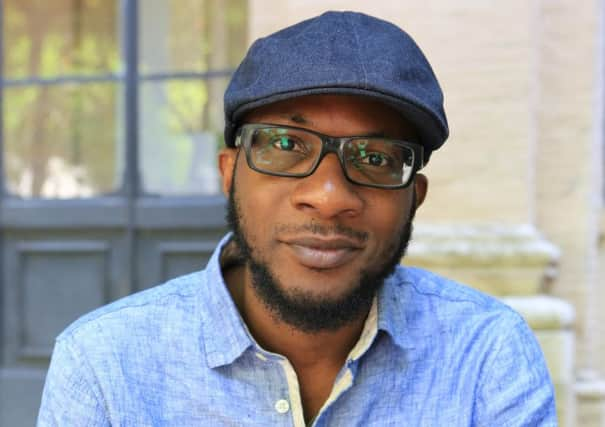Book review: Blind Spot, by Teju Cole


Take, for example, the essay accompanying a photograph of the Forest of the Cedars of God in Lebanon. At first glance the image is unremarkable – a couple of old vans beside a forest with snow-streaked mountains beyond. In the words on the facing page, however, Cole takes us on an intellectual journey that incorporates the poetry of Gerard Manley Hopkins (“Glory be to God for dappled things”), references to the mottled bark of poplar trees (“almost like military camouflage”) and the Old Testament story of Jacob and Laban, in which the former tricks the latter with a cunning plan involving speckled goats. Looking again at the photograph, you suddenly notice all the mottled surfaces – not just the bark of the tree, but also the chipped paint of one of the vans and even the chaotic pattern of a stone wall. Then return to the essay’s passage about mirror neurons – brain cells which fire both when people perform an action and when they watch it performed. “For these neurons,” writes Cole, “seeing and doing are identical.”
Appearance and reality, camouflage and concealment – Cole is inviting us to meditate on certain related themes, to sit back and ponder the hum established by adjacent words and images. He shows us the world as he sees it, tells us what it makes him think and feel, but leaves us free to draw our own conclusions.
Advertisement
Hide AdAdvertisement
Hide AdOne morning in 2011, Cole awoke to find himself blind in one eye, due to papillophlebitis – perforations to his retina. His sight returned following surgery, but after that, he has said, “the photography changed… the looking changed.” In a postscript, Cole says that Blind Spot can be seen as “the fourth in a quartet of books about the limits of vision”, following his 2007 novella Every Day Is For The Thief, the 2012 novel Open City and last year’s collection of essays, Known And Strange Things, and it’s certainly true that the images here often show things that are hidden or camouflaged or otherwise covered up. In Berlin, Rome and Queens he takes pictures of scaffolding shrouded in white plastic sheets; in Saint Moritz washing hanging on a line obscures the view of buildings and mountains beyond; in Brooklyn a pair of pink carnations in a vase are partially obscured by a fly screen. Paradoxically, however, it is often by drawing our attention to things that are hidden that Cole enables us to see the world a little more clearly than before.
*Blind Spot, by Teju Cole, Faber & Faber, £20
*Teju Cole is appearing the Edinburgh International Book Festival next Sunday at 4pm